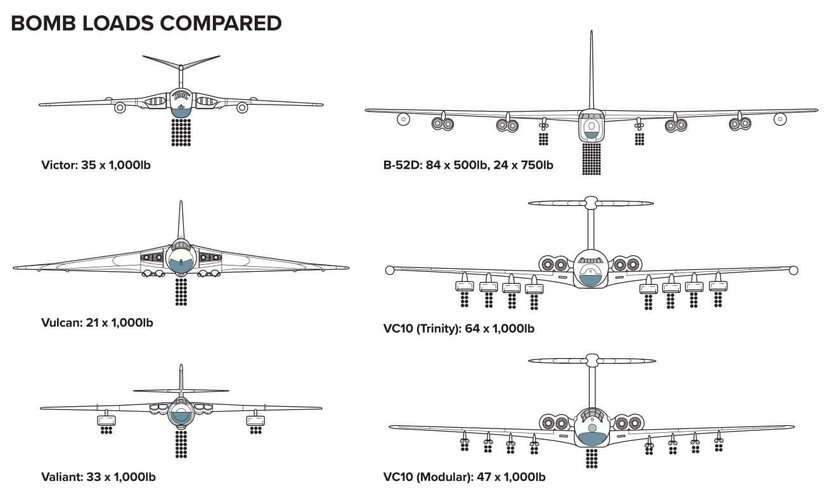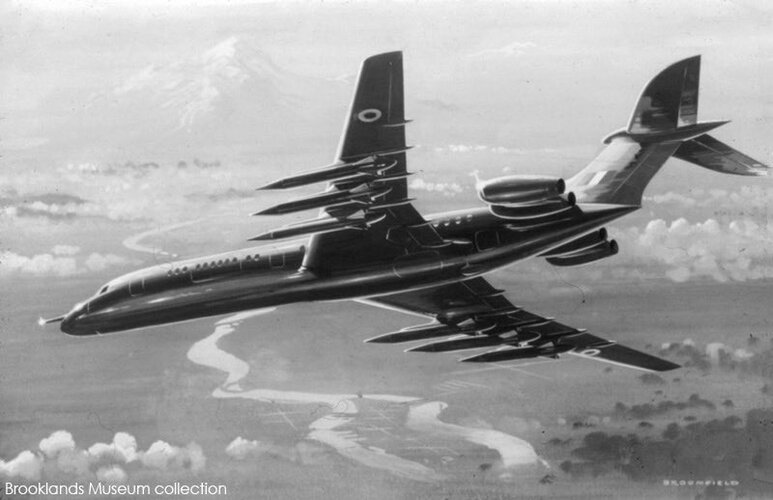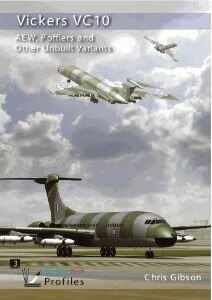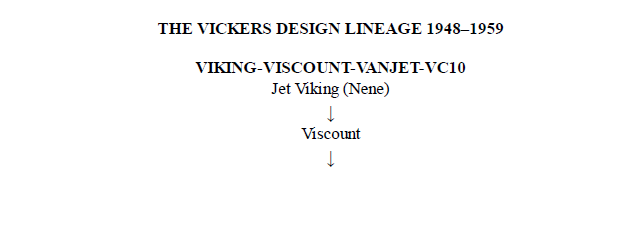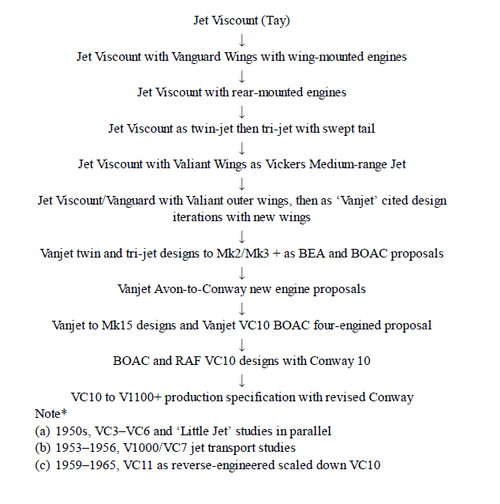Hi,
A tribute to the Vickers VC10 Airliner. This site relates the full story from its early beginnings with BOAC to its current use as a tanker with the RAF.
www.vc10.net
Note that the attachments to this post are a mix of VC-10 Superb and the Trident 5.
Interesting nonetheless. Is there another thread for the Trident/Bident ones. The one that has the CFM56s but keeps the RB162 booster is clearly making the case for a new wing.
Back on message with the thread, I read somewhere Vickers only needed to make 75 VC10s to make it worth their while. A low target that they missed, but shows they were never trying to reach 707 numbers.

